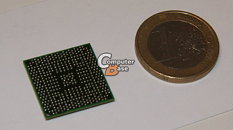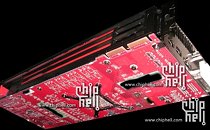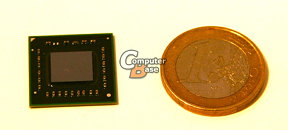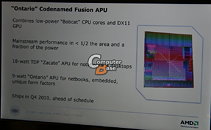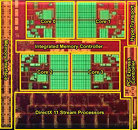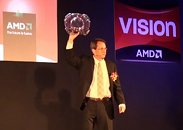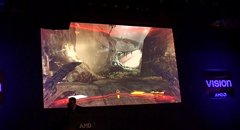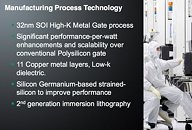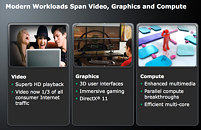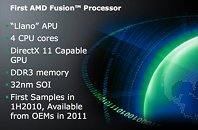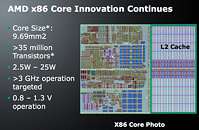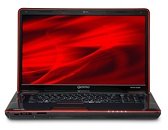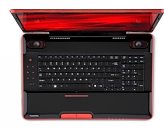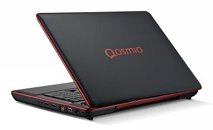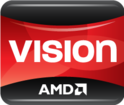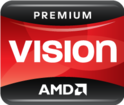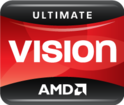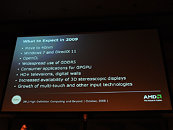
AMD Fusion APU Codenamed ''Llano'' Demonstrated at 6th Annual AMD TFE 2010
At the 6th Annual AMD Technical Forum & Exhibition (TFE) 2010, AMD today showcased for its ecosystem partners the first public demonstration of the forthcoming AMD Fusion Accelerated Processing Unit (APU) codenamed "Llano", designed for notebook, ultrathin and desktop PCs. AMD demonstrated the accelerated single-chip processing muscle of Llano by simultaneously processing three separate compute-and graphics-intensive workloads.
"The serial and powerful parallel processing capability of the Llano APU has the potential to make OEMs and consumers re-think their computing experience," said Chris Cloran, corporate vice president and general manager, client division, AMD. "The experience potential of Llano is truly incredible, and the demos we showed today on stage provide a glimpse of what this processor is capable of delivering in sleek form factors with long battery life. Everything consumers love about their digital lifestyles today - social networking, gaming, consuming and creating media - can be enhanced with Llano, enabling a more interactive, vivid and immersive experience."
"The serial and powerful parallel processing capability of the Llano APU has the potential to make OEMs and consumers re-think their computing experience," said Chris Cloran, corporate vice president and general manager, client division, AMD. "The experience potential of Llano is truly incredible, and the demos we showed today on stage provide a glimpse of what this processor is capable of delivering in sleek form factors with long battery life. Everything consumers love about their digital lifestyles today - social networking, gaming, consuming and creating media - can be enhanced with Llano, enabling a more interactive, vivid and immersive experience."
